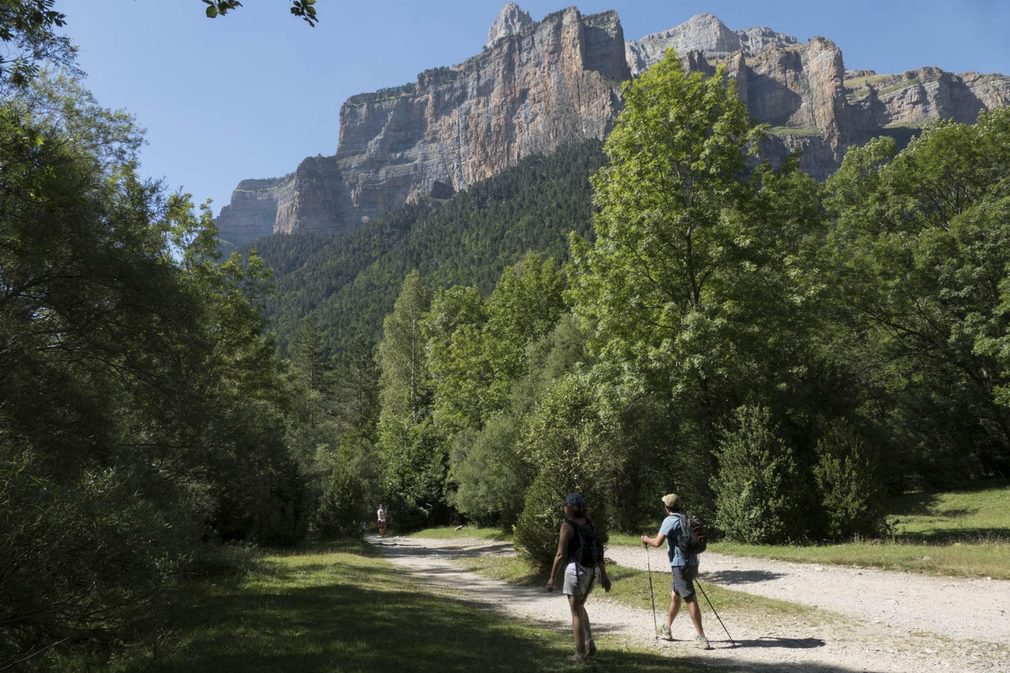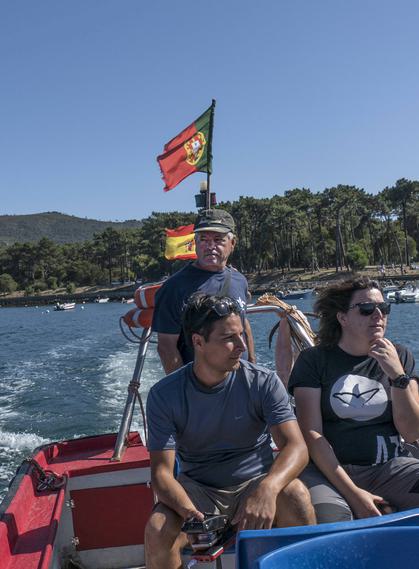The 5 Golden Rules for visiting National Parks

The recent dramatic wildfires in Chile serve to remind us how fragile the environment is and the importance of leaving as light a footprint as possible.
Of course, each country and National Park has its own regulations (all have their own distinctions and therefore their own rules), so the first thing you need to do is head to the National Park Office/visitor centre and ask about the rules.
In most national parks you’ll need to sign in and out anyway, so take advantage and ask for information and advice, park guards will also be able to provide you with trail maps and weather forecasts.
Nevertheless there are, in this world, global wide rules you need to follow when visiting protected areas. Here we give you our 5 golden principles!
Respect mother nature
Walking in the great outdoors and spotting wildlife is beautiful and a favourite pastime for most of us. But as the name says, wildlife is WILD and so it must remain. Wild animals and their habitat should be left for all to enjoy - flowers don’t only make seeds from which new plants grow, they are also food for insects and birds. Hence, you should never remove natural resources such as wildflowers, antlers, shells and rocks.
Do not approach wildlife, including nesting birds, to a point which disturbs or displaces the animal. And above all, do not feed or touch the animals as it may cause them health problems. Using flash photography could disturb the animals too, use long exposure instead. In fact, wildlife photography is very tricky to get right without some seriously long lenses so you might be best off simply relaxing and taking it all in.
Stay on designated trails
Most parks offer different trails to access the outdoors. Authorities across the world have also made efforts to improve mobility and build car parks outside the park so plants and animals aren’t disturbed. Creating new trails or following short cuts is not good because it increases erosion.
While some national parks allow camping outside designated areas, make sure to check with the local visitors' centre, since some areas require special permission in advance from the nearest environment office.
Whatever is brought into the park, should be taken out of the park
Park authorities have been battling against pollution making dustbins available in popular areas and putting up signs so that all human waste is disposed of properly.
We all know that rubbish is not always thrown intentionally: who hasn’t been caught unawares by a gust of wind? So help protect nature by taking a bag with you on any trip and simply collect any litter you come across. It’s one thing to leave the park as you find it, but how much better to leave it ever so slightly cleaner?
Take all safety measures
Leaving for an adventure is always exciting and the idea of travelling solo can sometimes be thrilling. However it’s not really recommended. Watch the film 127 Hours and you’ll see why!
Whether or not you are heading off into the wilds solo, you must tell people where you are going. Ideally that would be someone at your accommodation and also at the park office. Take food and water, warm clothing, a torch/flashlight, a raincoat (check the weather forecast), and bring all supplies you will need for your trip. If you have the opportunity to take a dip, check the depth, temperature and current before you jump in.
Be sure that mobile phones are charged and ideally have a back up battery - mobile phone signal is remarkably common even in seemingly very remote areas but phones can be generally useful even without signal (compass, flashlight, etc)
You are responsible for keeping fires under control
Depending on whether you’re in a dry area with a high risk of wildfire or not, open fires are likely to be limited or prohibited. Most of the time they are only allowed in campgrounds and fires may only be built in fireplaces provided for that purpose.
If you light a fire, make sure to clean up the area, have water or sand nearby in case the fire gets out of control, and be sure your fire is completely extinguished before leaving - pour water on it before you go to sleep. Do not leave your fire unattended. Also, remember that smoking is widely banned too.
The Pothole is Pura Aventura's popular monthly email. We share what we love, what interests us and what we find challenging. And we don't Photoshop out the bits everyone else does. We like to think our considered opinions provide food for thought, and will sometimes put a smile on your face. They've even been known to make people cry. You can click here to subscribe and, naturally, unsubscribe at any time.
The Pothole is Pura Aventura's popular monthly email. We share what we love, what interests us and what we find challenging. And we don't Photoshop out the bits everyone else does. We like to think our considered opinions provide food for thought, and will sometimes put a smile on your face. They've even been known to make people cry. You can click here to subscribe and, naturally, unsubscribe at any time.

Rural Life & Mountain Hikes in the Picos de Europa
-
£1,750 pp
- 9 days







 By
By